Fertility Rituals Around the World

How Cultures Honor the Hope for New Life
Long before the rise of modern fertility medicine, communities across the globe turned to ritual, symbolism, and tradition to seek blessings for conception, healthy pregnancies, and strong families. While today we have IVF, hormone testing, and egg freezing, the desire to create life, and to be supported in that hope, remains deeply human. At Reproductive Centers of America (RCA), we honor both science and soul. Here’s a look at how different cultures have expressed, celebrated, and supported fertility through ritual, reminding us that this journey has always been shared.
Africa: Grounded in Nature and Ancestors
In many African traditions, fertility is seen as both a physical and spiritual blessing. Rituals often involve the land, water, ancestors, and natural elements.
- In West African Yoruba culture, offerings are made to Oshun, the goddess of love and fertility, often at rivers or sacred trees.
- In parts of Zimbabwe and South Africa, women may wear fertility beads or partake in dances and chants to connect with ancestral spirits for protection and fertility.
India: Sacred Union and Blessings
Fertility is deeply embedded in Hindu philosophy, where creation is seen as both divine and cyclical.
- Women may visit temples dedicated to fertility deities like Parvati or Kamakhya, offering prayers and rituals involving coconuts, flowers, and sacred fire.
- Traditional Ayurvedic medicine includes herbal tonics, detoxifying diets, and fertility-enhancing rituals that span mind, body, and spirit.
- Fasting and pujas (prayer ceremonies) are performed during specific lunar cycles believed to enhance conception.
Ancient Greece and Rome: From Myth to Midwives
In classical antiquity, fertility was the domain of powerful goddesses and ceremonial rites.
- Offerings to Aphrodite (Greece) or Venus (Rome) were common, asking for beauty, love, and fecundity.
- The Thesmophoria festival, led by women in honor of Demeter and Persephone, celebrated the cycle of life, death, and rebirth—symbolically tied to fertility and agriculture.
Japan: Prayers in Quiet Temples
In Japan, fertility and childbirth are often honored through Shinto rituals—simple, natural, and deeply spiritual.
- At Tagata Jinja Shrine, people gather annually for the Hōnen Matsuri (Harvest Festival), a joyful and symbolic celebration of fertility and abundance.
- Couples hoping to conceive often visit shrines like Zeniarai Benten to offer coins and water, symbolizing purity and prosperity.
Indigenous & Tribal Cultures: Cycles and Ceremony
From the Americas to Oceania, indigenous fertility rites often align with the moon, the seasons, and the sacred role of women as life-bringers.
- In some Native American traditions, fertility is honored through moon lodges, song, and the blessing of tools used in birth.
- Maori customs in New Zealand include storytelling and carvings that reflect the whakapapa (genealogy) of the family line.
Modern Integrations: Ancient Wisdom Meets Contemporary Life
Today, many people draw on these rituals—not to replace medical treatment, but to complement it.
- Lighting a candle before an embryo transfer
- Wearing a symbol or talisman of personal significance
- Creating intention-setting rituals with partners or support groups
- Meditating with affirmations or fertility mantras
These modern rituals don’t require belief in magic—they reflect a desire to feel grounded, connected, and hopeful.
At RCA, We See the Whole You
Whether you draw strength from science, spirituality, or both—we honor the many ways people hope, pray, and prepare to bring life into the world.
Africa: Grounded in Nature and Ancestors
In many African traditions, fertility is seen as both a physical and spiritual blessing. Rituals often involve the land, water, ancestors, and natural elements.
- In West African Yoruba culture, offerings are made to Oshun, the goddess of love and fertility, often at rivers or sacred trees.
- In parts of Zimbabwe and South Africa, women may wear fertility beads or partake in dances and chants to connect with ancestral spirits for protection and fertility.
India: Sacred Union and Blessings
Fertility is deeply embedded in Hindu philosophy, where creation is seen as both divine and cyclical.
- Women may visit temples dedicated to fertility deities like Parvati or Kamakhya, offering prayers and rituals involving coconuts, flowers, and sacred fire.
- Traditional Ayurvedic medicine includes herbal tonics, detoxifying diets, and fertility-enhancing rituals that span mind, body, and spirit.
- Fasting and pujas (prayer ceremonies) are performed during specific lunar cycles believed to enhance conception.
Ancient Greece and Rome: From Myth to Midwives
In classical antiquity, fertility was the domain of powerful goddesses and ceremonial rites.
- Offerings to Aphrodite (Greece) or Venus (Rome) were common, asking for beauty, love, and fecundity.
- The Thesmophoria festival, led by women in honor of Demeter and Persephone, celebrated the cycle of life, death, and rebirth—symbolically tied to fertility and agriculture.
Japan: Prayers in Quiet Temples
In Japan, fertility and childbirth are often honored through Shinto rituals—simple, natural, and deeply spiritual.
- At Tagata Jinja Shrine, people gather annually for the Hōnen Matsuri (Harvest Festival), a joyful and symbolic celebration of fertility and abundance.
- Couples hoping to conceive often visit shrines like Zeniarai Benten to offer coins and water, symbolizing purity and prosperity.
Indigenous & Tribal Cultures: Cycles and Ceremony
From the Americas to Oceania, indigenous fertility rites often align with the moon, the seasons, and the sacred role of women as life-bringers.
- In some Native American traditions, fertility is honored through moon lodges, song, and the blessing of tools used in birth.
- Maori customs in New Zealand include storytelling and carvings that reflect the whakapapa (genealogy) of the family line.
Modern Integrations: Ancient Wisdom Meets Contemporary Life
Today, many people draw on these rituals—not to replace medical treatment, but to complement it.
- Lighting a candle before an embryo transfer
- Wearing a symbol or talisman of personal significance
- Creating intention-setting rituals with partners or support groups
- Meditating with affirmations or fertility mantras
These modern rituals don’t require belief in magic—they reflect a desire to feel grounded, connected, and hopeful.
At RCA, We See the Whole You
Whether you draw strength from science, spirituality, or both—we honor the many ways people hope, pray, and prepare to bring life into the world.









